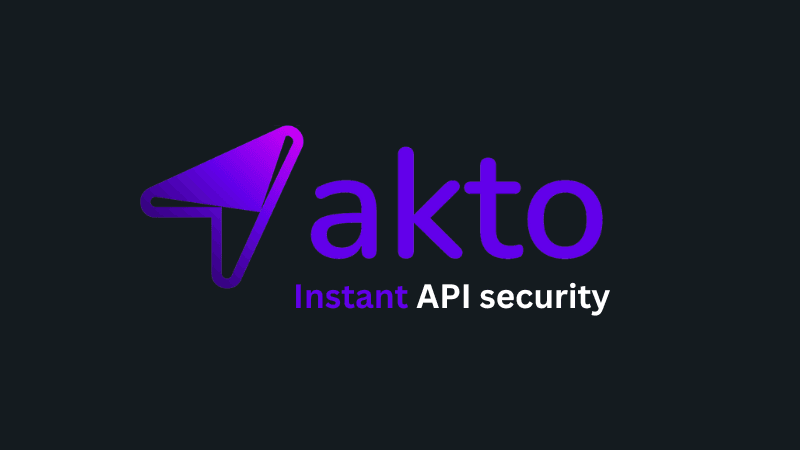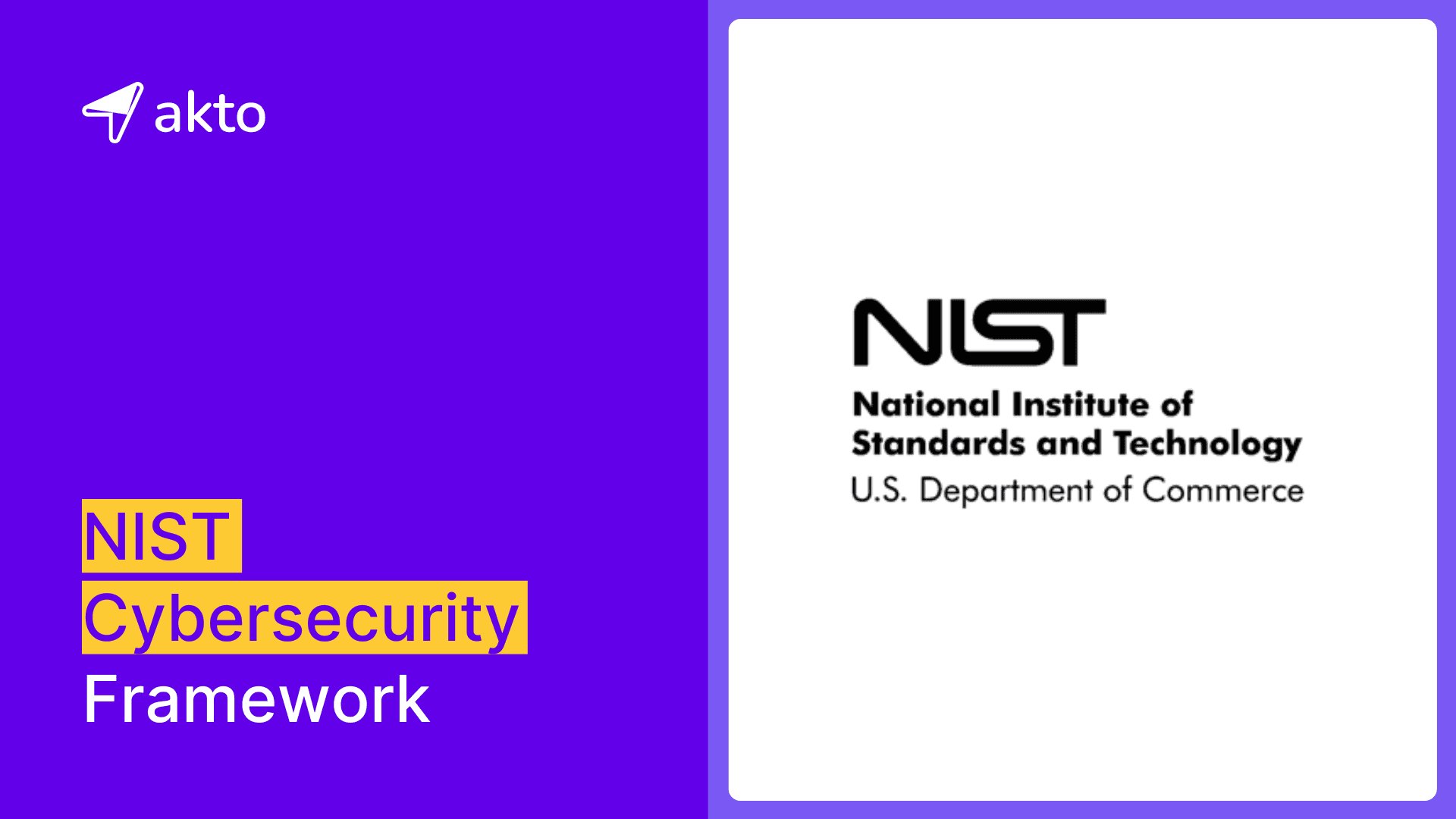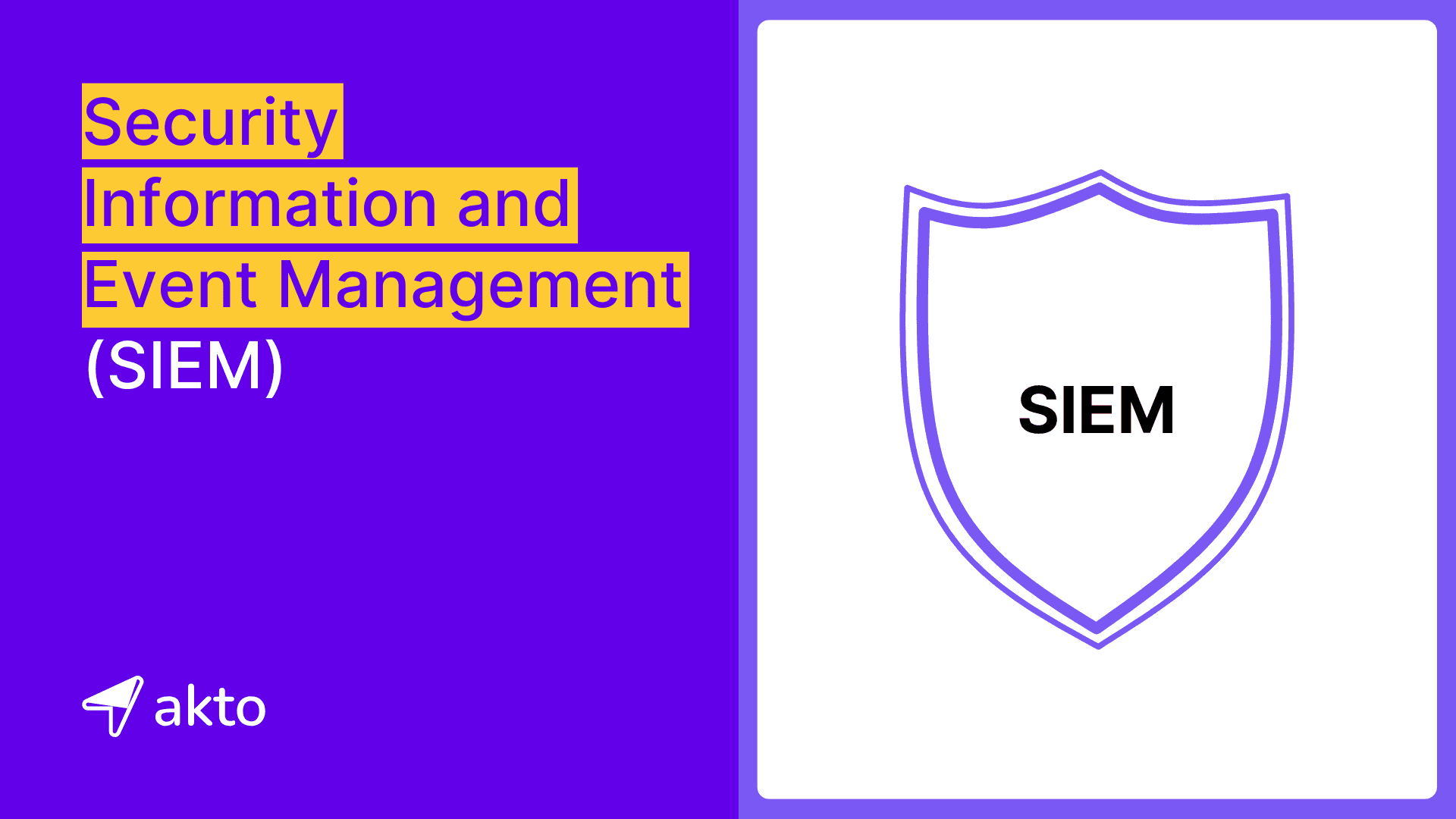OWASP Dynamic Application Security Testing (DAST): Key Features and Limitations
OWASP DAST is a tool designed to uncover security flaws in your live application by simulating external attacks.

Muze
Jul 11, 2024
OWASP DAST, or Dynamic Application Security Testing, finds potential security vulnerabilities in web applications. The Open Web Application Security Project (OWASP) recommends this testing method, which involves simulating attacks on a live application without accessing its source code. This way, it helps to identify any security flaws that attackers could exploit.
In this blog, you will learn OWASP DAST, its key features, OWASP DAST projects, DAST techniques and methods, real-world examples, its limitations, and the list of DAST tools recommended by OWASP.
Let’s get started
What is OWASP DAST?
OWASP DAST refers to the DAST tools and methodologies that align with OWASP's standards and guidelines. These tools are designed to identify security vulnerabilities in web applications by simulating external attacks. They interact with the application through its exposed interfaces, such as HTTP/HTTPS, to uncover potential security flaws.
Dynamic Application Security Testing (DAST) employs a black-box security testing methodology that tests an application in its running state. Unlike Static Application Security Testing (SAST), which analyzes the source code, DAST interacts with the web application from the outside, simulating the actions of an attacker.
OWASP is a worldwide, not-for-profit charitable organization focused on improving software security. One of its key projects is creating comprehensive guides, tools, and methodologies to help organizations implement better security practices.
Key Features of DAST Tools
Dynamic Application Security Testing (DAST) tools have several key features that make them essential for ensuring web application security:
1. Automated Scanning
DAST tools automatically scan web applications for vulnerabilities, thereby saving time and enhancing testing efficiency. This also reduces the possibility of human error in the scanning process.
2. Simulation of Attacks
These tools simulate attacks on a live application, helping identify vulnerabilities that could be exploited in real-world scenarios. This gives you a realistic understanding of your application's potential security threats.
3. Wide Range of Detection
DAST tools can detect a variety of security flaws, including injection attacks, broken authentication, insecure direct object references, and more. This comprehensive detection range ensures that no potential vulnerability is overlooked.
4. Interactive Reports
Most DAST tools provide detailed reports that identify vulnerabilities and suggest potential remediation strategies. These reports often include severity ratings, which can help you prioritize your response.
5. Integration with Development Workflows
Many DAST tools integrate with existing development and operations workflows, allowing continuous security testing throughout the application development lifecycle. This integration allows developers to address vulnerabilities as they occur, improving the application's overall security.
OWASP DAST Projects
OWASP, the Open Web Application Security Project, is a not-for-profit organization dedicated to improving software security. In line with this mission, their DAST projects provide comprehensive guides, tools, and methodologies to help organizations enhance their security practices.
One notable project is the OWASP Top 10 API Security Risks. This comprehensive list identifies the most critical security risks for APIs. Understanding and addressing these risks is a crucial part of securing web applications.
In addition, OWASP also recommends using several DAST tools for effective security testing. These tools, such as Akto, OWASP ZAP, and Burp Suite, are designed to automate the process of finding vulnerabilities, making it easier for businesses to keep their applications secure.
DAST Techniques and Methods
Types of DAST Scans
Active vs. Passive Scanning
Active and passive scanning are two different approaches to Dynamic Application Security Testing (DAST).
Active scanning involves actively sending requests to the application to trigger responses. This approach simulates an attacker trying to exploit security vulnerabilities. Active scanning is more aggressive and can uncover a wide range of potential issues. However, it may also cause disruptions to the application's operations, especially if it's already in use.
On the other hand, Passive scanning observes the application's normal operation without actively injecting any requests or payloads. It analyzes the data exchanged between users (or systems) and the application. Since passive scanning is less intrusive, it's less likely to disrupt the application's operation, but it might not uncover all potential vulnerabilities.
Testing Methodologies
Black-box Testing
In black-box testing, testers do not know the internal structure or workings of the tested item. In the context of DAST, they treat the application as a black box.
The tester does not have access to the source code and tests the application through exposed interfaces. This type of testing checks if the application behaves as expected when it is subjected to scenarios in its operating environment.

Gray-box Testing
Gray-box testing combines black-box and white-box testing methodologies. While the tester does not have full access to the internal workings of the application, they have some knowledge of its internal processes.
This allows them to design test cases with a better understanding of the system logic. In the context of DAST, testers can conduct gray-box testing with knowledge of the application's API definitions or architecture diagrams. This can help uncover vulnerabilities that may not be detected with black-box testing.

Real-world Examples of OWASP DAST Implementation
Here are a few real-world examples of OWASP DAST (Dynamic Application Security Testing) implementations to illustrate how organizations use this approach to enhance their security posture:
1. E-commerce Platform Security Testing
Scenario: An e-commerce company wants to ensure its web application is secure against common vulnerabilities like SQL injection, cross-site scripting (XSS), and others listed in the OWASP Top 10.
Implementation:
Tool Used: OWASP ZAP (Zed Attack Proxy)
Process: The security team integrates OWASP ZAP into their CI/CD pipeline. Automated scans are triggered with every build and deployment to identify potential vulnerabilities.
Outcome: Regular DAST scans enable the team to detect and fix security issues before attackers can exploit them, ensuring a safer customer shopping experience
2. Banking Application Vulnerability Assessment
Scenario: A bank needs to ensure that its online banking platform is secure, especially given the sensitive nature of the data handled.
Implementation:
Tool Used: Arachni
Process: The bank’s security team uses Arachni to perform comprehensive scans of their web application, configuring the tool to run periodically and in response to significant changes in the application.
Outcome: Arachni identifies vulnerabilities such as insecure direct object references and cross-site request forgery (CSRF). The team addresses these issues promptly, maintaining the platform’s security integrity.
3. Healthcare Application Security
Scenario: A healthcare provider wants to secure their patient portal, which stores sensitive personal health information (PHI).
Implementation:
Tool Used: OWASP ZAP
Process: The healthcare provider’s IT department performs automated and manual patient portal testing using OWASP ZAP. They configure ZAP to simulate various attack vectors and analyze the application’s response.
Outcome: The testing reveals vulnerabilities like XSS and insecure authentication mechanisms. The team mitigates these vulnerabilities, ensuring compliance with healthcare regulations like HIPAA.
4. Financial Services API Security Testing
Scenario: A financial services company needs to ensure the security of the APIs used for mobile and web applications.
Implementation:
Tool Used: OWASP ZAP
Process: The company uses OWASP ZAP to test their RESTful APIs. ZAP is integrated into the CI/CD pipeline, enabling continuous security testing.
Outcome: The DAST tool reveals issues such as insufficient input validation and insecure error handling. The development team fixes these issues, enhancing the security of their APIs.
Limitations of OWASP DAST
While OWASP DAST is a powerful tool for identifying potential security vulnerabilities, it's important to be aware of its limitations:
1. Can't Test Source Code
DAST tests applications while they're running and interacts with them like an attacker. This means it can't analyze the source code to find security issues. It only discovers vulnerabilities visible in a running application.
2. Less Effective for APIs
DAST is less effective for applications without a user interface, like APIs. This is because DAST simulates attacks on an application's user interface, which APIs lack.
3. Requires a Running Application
DAST tests applications in their running state. You need a version of the application that is up and running to conduct DAST. At all stages of development, the application might not be able to function properly.
4. False Positives and Negatives
DAST sometimes reports vulnerabilities that don't really exist (false positives) or fails to report actual vulnerabilities (false negatives). This requires manual efforts to validate DAST findings.
List of DAST Tools Recommended by OWASP
OWASP recommends using several DAST tools for effective security testing. Here's a detailed list of some top tools:
1. Akto
Akto supports Dynamic Application Security Testing (DAST) by integrating seamlessly with CI/CD pipelines, automating regular scans, and covering a wide range of vulnerabilities, including OWASP Top 10. It optimizes performance through efficient scanning, reduces false positives by analyzing traffic patterns, and provides detailed, risk-based reports to prioritize remediation.

2. OWASP ZAP (Zed Attack Proxy)
OWASP maintains OWASP ZAP, an open-source DAST tool. It identifies security vulnerabilities in web applications by simulating attacks. ZAP includes features like automated scanners and a set of tools for manual testing. Its extensibility and active community support make it a favorite among security professionals.

3. Burp Suite
Burp Suite, developed by PortSwigger, is a widely used DAST tool with a comprehensive feature set. It includes tools for automated scanning, manual testingas well as advanced security checks. Burp Suite's robust functionality and flexibility make it suitable for both beginners and experienced security testers.

4. Arachni
Arachni is an open-source framework designed for high-performance web application security scanning. It identifies a wide range of vulnerabilities, including SQL injection and XSS. Arachni's modular architecture allows easy customization and integration into existing security workflows.

5. AppSpider
Rapid7 developed AppSpider, which offers dynamic application security testing with automated scanning capabilities. It identifies vulnerabilities in web applications and provides actionable insights for remediation. AppSpider can scan complex applications, including those with AJAX and JavaScript-heavy interfaces, making it a valuable tool for modern web application security.
6. Acunetix
Acunetix is a commercial web vulnerability scanner with comprehensive DAST capabilities. It detects a wide range of vulnerabilities, including SQL injection and XSS. Many organizations prefer Acunetix for its integration with CI/CD pipelines and detailed reporting.

7. Netsparker
Netsparker is a web application security scanner known for accurately detecting vulnerabilities. It offers automated and manual scanning options, detailed reporting, and integration with various development tools. Netsparker's unique Proof-Based Scanning technology confirms the presence of vulnerabilities, reducing false positives.

Final Thoughts
Web application security relies heavily on Dynamic Application Security Testing (DAST). Understanding the OWASP Top 10 API Security Risks, implementing key security practices, and using recommended DAST tools can significantly enhance your security posture.
Among the top DAST tools, Akto stands out for its comprehensive and automated security testing capabilities. Akto provides thorough vulnerability assessments and seamless integration with development workflows, making it an invaluable asset for organizations committed to security.
For a robust and reliable DAST solution, consider Akto—a platform that identifies vulnerabilities and provides actionable insights to mitigate risks effectively. Secure your applications with Akto to stay ahead in the ever-evolving web security landscape.
Important Links
Keep reading
API Security
8 minutes
NIST Cybersecurity Framework
The NIST Cybersecurity framework provides organizations with a set of standards, guidelines, and practices to develop strong cybersecurity practices for managing cybersecurity risks effectively.
API Security
7 minutes
API Security Audit
An API Security Audit evaluates APIs, identifies potential risks, and strengthens the organization's defenses against security breaches and cyber-attacks.
API Security
8 minutes
Security Information and Event Management (SIEM)
SIEM aggregates and analyzes security data across an organization to detect, monitor, and respond to potential threats in real time.
Experience enterprise-grade API Security solution



